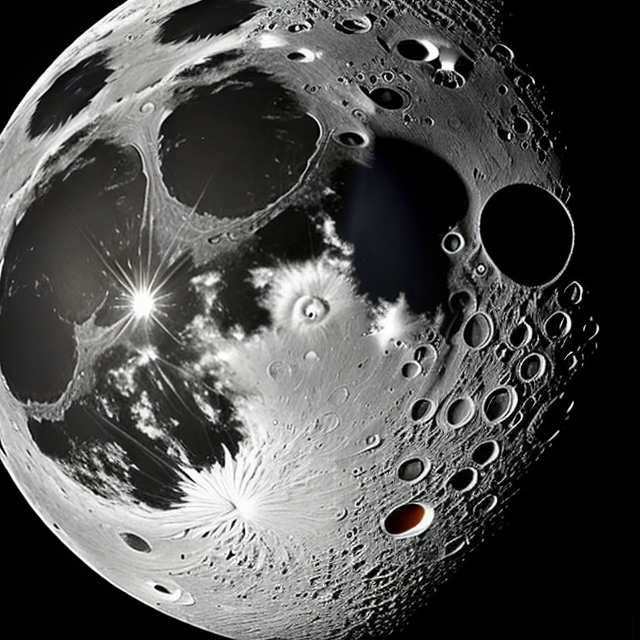|
|
Space Astro
|
Info for exoplanet "Yingleim"
| Scientific (actual) data |
|---|
| Name | HD 168443 b |
| Planet status | Confirmed |
| Mass sini | 7.659 |
| Orbital period | 58.1125 |
| Semi major axis | 0.2931 |
| Orbit eccentricity | 0.52883 |
| Angular distance | 0.007841 |
| Discovered | 1998 |
| Updated | 2016-01-10 |
| Omega | 172.923 |
| Tperi | 2455630 |
| Tzero tr | 2455620 |
| Publication | Published in a refereed paper |
| Detection type | Radial Velocity |
| Star name | HD 168443 |
| Right ascension | 275.02° |
| Declination | -9.59° |
| Mag v | 6.92 |
| Star distance | 37.38 |
| Star metallicity | 0.04 |
| Star mass | 0.995 |
| Star radius | 1.51 |
| Star sp type | G5 |
| Star age | 9.8 |
| Star temperature | 5591 |
| Wikipedia article | HD 168443 b |
Back
| |
| Fictional info (?) |
|---|
| Suggested name | Yingleim |
| Planet type | Cold planet |
| The planet telescopically displays the complete range of phases, similar to Venus and the Moon, as it moves in its inner orbit relative to HD 168443, which reoccurs over the so-called synodic period approximately every 197 days.
As seen from HD 168443, in a frame of reference that rotates with the orbital motion, it appears to rotate only once every two years.
The volume of water detected has been estimated to be equivalent to the volume of water in Earth's oceans. |
| Atmosphere | Ammonia | 40% |
| Hydrogen | 32% |
| Ozone | 22% |
| Hydrogen peroxide | 4.3% |
| Atmospheric pressure | 0.005 bar |
 |
| No known satellites |
| Google search for Yingleim |
|
Website by Joachim Michaelis
|
|
|
|